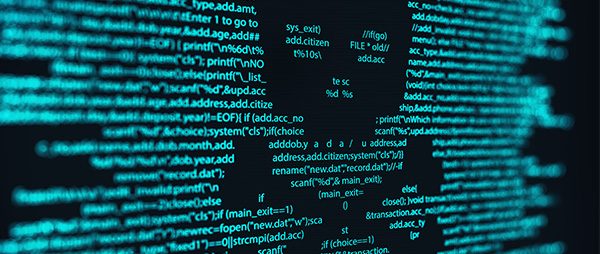2024 IoT malware trends: Navigating the evolving landscape of cyber threats
In the ever-evolving landscape of cybersecurity, one of the most pressing challenges is the rise of malware. This particular challenge is especially prevalent when it comes to the Internet of Things (IoT). 2023 saw a dramatic escalation in IoT malware attacks, underscoring the vulnerability of interconnected digital ecosystems.
Rapid increase in IoT malware attacks
The escalating threat
2023 marked a significant milestone for IoT security threats. A report by Zscaler’s ThreatLabz revealed a 400% increase in IoT malware attacks compared to the previous year, painting a startling picture of the security risks associated with the proliferation of connected devices. This surge in attacks is not just a reflection of the growing number of IoT devices but also an indication of their expanding role in both personal and industrial contexts.
The manufacturing sector: A prime target
IoT malware is causing a disproportionate impact on the manufacturing sector. As industries increasingly integrate IoT devices into their operations, especially in the context of Industry 4.0, they become attractive targets for cybercriminals. Integrating IoT with operational technology (OT) in manufacturing has streamlined processes and introduced new vulnerabilities, making these systems lucrative targets for attackers.
Predominant threats & malware types
Geographical disparities in IoT malware attacks
The landscape of IoT malware attacks in 2023 exhibits significant geographical disparities. While North America experienced a modest decrease in attacks, regions such as Asia and Latin America experienced significant increases. This uneven distribution highlights varying levels of vulnerability across regions, influenced by factors such as:
Sectorial impact of IoT malware attacks
The IoT malware scenario in 2023 also varies across many different industries and sectors:
Recommendations for protection
Strengthening industrial IoT security
Regular security audits of IoT networks are essential to identify and eliminate potential vulnerabilities. The use of industrial control system (ICS) network traffic monitoring and analysis solutions can offer better protection against attacks that threaten technological processes and enterprise assets.
Ensuring endpoint protection
For industrial setups, safeguarding endpoints is crucial. This involves deploying dedicated protection for endpoints and network monitoring to detect any suspicious or malicious activity. When implementing IoT, assessing the security status of devices before implementation is vital. Preferences should be given to devices with cybersecurity certifications and products from manufacturers that prioritise information security.
Best practices for smart home devices
For consumer IoT devices, basic yet critical steps can greatly enhance security. Changing default passwords to complex and regularly updated ones is a fundamental practice. Employing a reliable password manager can assist in generating and managing secure passwords. Additionally, avoiding sharing serial numbers, IP addresses, or other sensitive information about smart devices is prudent. Staying informed about the latest IoT vulnerabilities and ensuring your devices are all up-to-date is also key to maintaining security.
Actionable insights for future preparedness
Emerging technologies impacting IoT security
The role of AI & Machine Learning
As we look forward into the future, emerging technologies such as Artificial Intelligence (AI) and Machine Learning (ML) are set to play a significant role in both advancing IoT capabilities and enhancing IoT security. AI and ML can be leveraged to predict and identify potential threats more efficiently, enabling proactive security measures. However, these technologies also present their very own set of challenges.
The convergence of IoT & 5G
The rollout of 5G networks is expected to further accelerate the growth of IoT due to its faster speeds and superior connectivity capabilities. 5G will likely increase the volume and variety of IoT devices, expanding the attack surface for potential cyber threats. Ensuring the security of these networks and devices will be paramount, as the consequences of attacks could be more severe due to our ever-increasing reliance on these technologies.
Regulatory & policy considerations
Conclusion: A call for collective vigilance
The trends and developments of IoT malware in 2023 serve as a wake-up call for industries, governments, and individuals alike. The rapid escalation in attacks highlights the need for heightened vigilance and proactive measures in securing IoT devices. This includes adopting best practices, staying informed about emerging threats, and participating in the development of robust cybersecurity standards. As IoT continues to permeate every aspect of our lives, the collective effort in securing this technology will be crucial in safeguarding our digital future.
Frequently asked questions (FAQs)
The trends and developments of IoT malware in 2023 serve as a wake-up call for industries, governments, and individuals alike. The rapid escalation in attacks highlights the need for heightened vigilance and proactive measures in securing IoT devices. This includes adopting best practices, staying informed about emerging threats, and participating in the development of robust cybersecurity standards. As IoT continues to permeate every aspect of our lives, the collective effort in securing this technology will be crucial in safeguarding our digital future.




